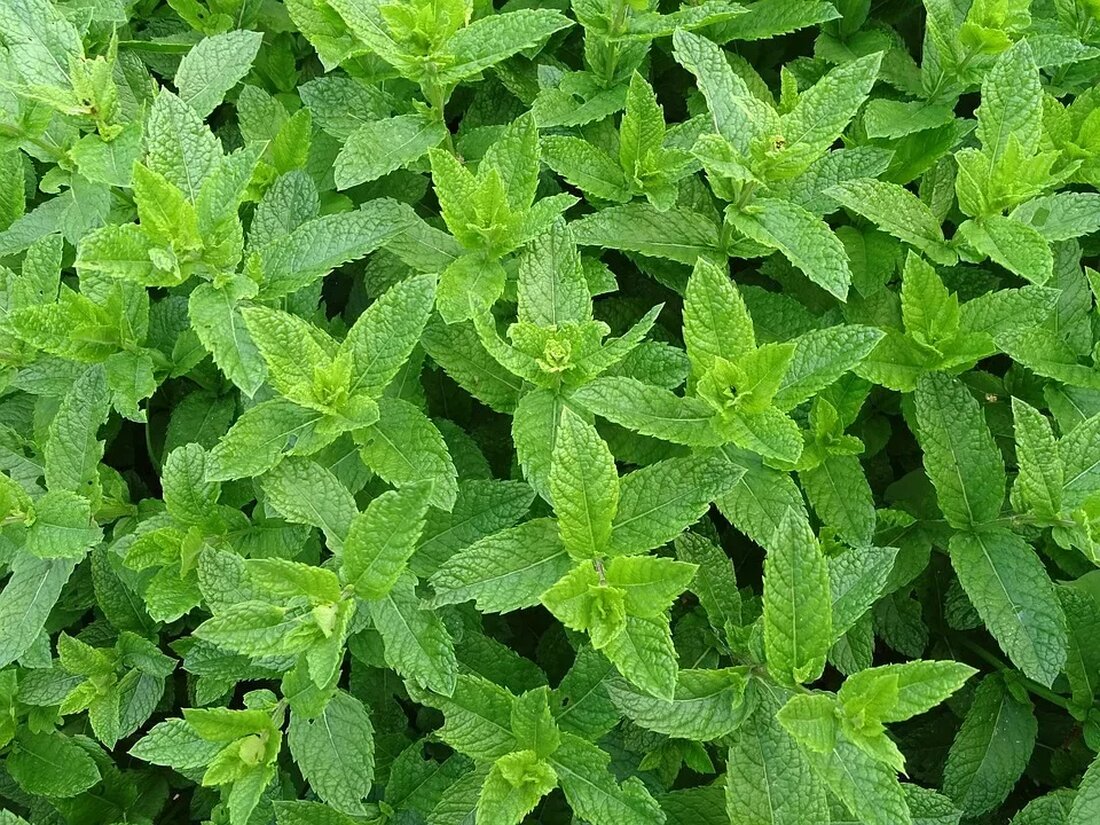Peppermint: healing properties and uses
Peppermint: Healing Effects and Application Introduction Peppermint (Mentha x piperita) is a popular medicinal plant that is primarily known for its aromatic properties. It is cultivated worldwide and used in many ways in traditional medicine. Peppermint has a long history as a remedy for various ailments. In this article we will take a closer look at the healing effects and uses of peppermint. Origin and cultivation Peppermint belongs to the mint family (Lamiaceae) and is a natural cross between water mint (Mentha aquatica) and spearmint (Mentha spicata). It is native to Europe, Asia and North America and is now cultivated worldwide. …

Peppermint: healing properties and uses
Peppermint: healing properties and uses
Introduction
Peppermint (Mentha x piperita) is a popular medicinal plant that is best known for its aromatic properties. It is cultivated worldwide and used in many ways in traditional medicine. Peppermint has a long history as a remedy for various ailments. In this article we will take a closer look at the healing effects and uses of peppermint.
Origin and cultivation
Peppermint belongs to the mint family (Lamiaceae) and is a natural cross between water mint (Mentha aquatica) and spearmint (Mentha spicata). It is native to Europe, Asia and North America and is now cultivated worldwide.
Peppermint prefers cooler climates and grows best in well-drained soil. It can be grown both in the garden and in pots and requires sufficient moisture. The plant reaches a height of around 80 cm and has elongated, tapering leaves.
Ingredients and active ingredients
Peppermint contains a variety of active ingredients that are responsible for its healing properties. These include essential oils, menthol, menton, menthofuran and many others. Menthol in particular is responsible for the characteristic smell and taste of peppermint.
Menthol has a cooling effect on the skin and can therefore be used for various complaints. It has an analgesic, anti-inflammatory and antispasmodic effect. The essential oils have a calming and balancing effect on the gastrointestinal tract and can help with digestive problems.
Healing effects and applications
Digestive problems
Peppermint is traditionally used to relieve digestive problems. It can help with bloating, gas, stomach cramps and nausea. The menthol and essential oils have an antispasmodic and calming effect on the gastrointestinal tract. A cup of peppermint tea after a meal can stimulate digestion and relieve discomfort.
Respiratory diseases
Peppermint has an expectorant effect and can be used for colds, coughs and bronchitis. Inhalations with peppermint oil can clear the airways and reduce mucus production. Peppermint can also have a soothing effect on sinusitis (nasal sinus infection).
Headaches and migraines
Peppermint has proven to be a natural alternative for pain relief from headaches and migraines. The menthol has a cooling effect and can relieve tension headaches. Peppermint oil can be applied to the temples and neck to reduce pain.
Skin problems
Peppermint can also help with various skin problems. It has an antimicrobial effect and can support the healing of wounds and inflammation. If you have itchy skin, insect bites or sunburn, peppermint oil can be used to relieve the symptoms.
Stress and relaxation
The scent of peppermint has a calming effect and can help with stress and restlessness. A peppermint bath or inhaling peppermint oil can have a relaxing effect and contribute to mental balance.
Possible applications
Peppermint can be used in different ways:
– Peppermint oil: The essential oil can be used for inhalation, as a massage oil or in baths.
– Peppermint tea: The dried leaves can be used to make tea.
– Peppermint candies: Peppermint-flavored lollies or chewing gum can be used for nausea and for oral hygiene.
– Peppermint balm: Peppermint balm can be applied topically and has a cooling and pain-relieving effect.
Precautions and side effects
There are some precautions to take when using peppermint. Peppermint oil should not be used on infants and young children as it can cause shortness of breath. People with stomach ulcers or bile problems should also be careful, as peppermint can stimulate the production of stomach acid and bile.
When used externally, peppermint oil can cause irritation on sensitive skin. Therefore, it should first be tested on a small area of skin. In the event of allergic reactions or intolerances, use should be stopped immediately.
Conclusion
Peppermint is a versatile medicinal plant with a wide range of uses. It can provide natural relief from digestive problems to respiratory problems, headaches and skin problems. Peppermint is available in different forms and can be used as needed. However, it is important to respect the precautionary measures and, if in doubt, consult a doctor or pharmacist.

 Suche
Suche
 Mein Konto
Mein Konto
